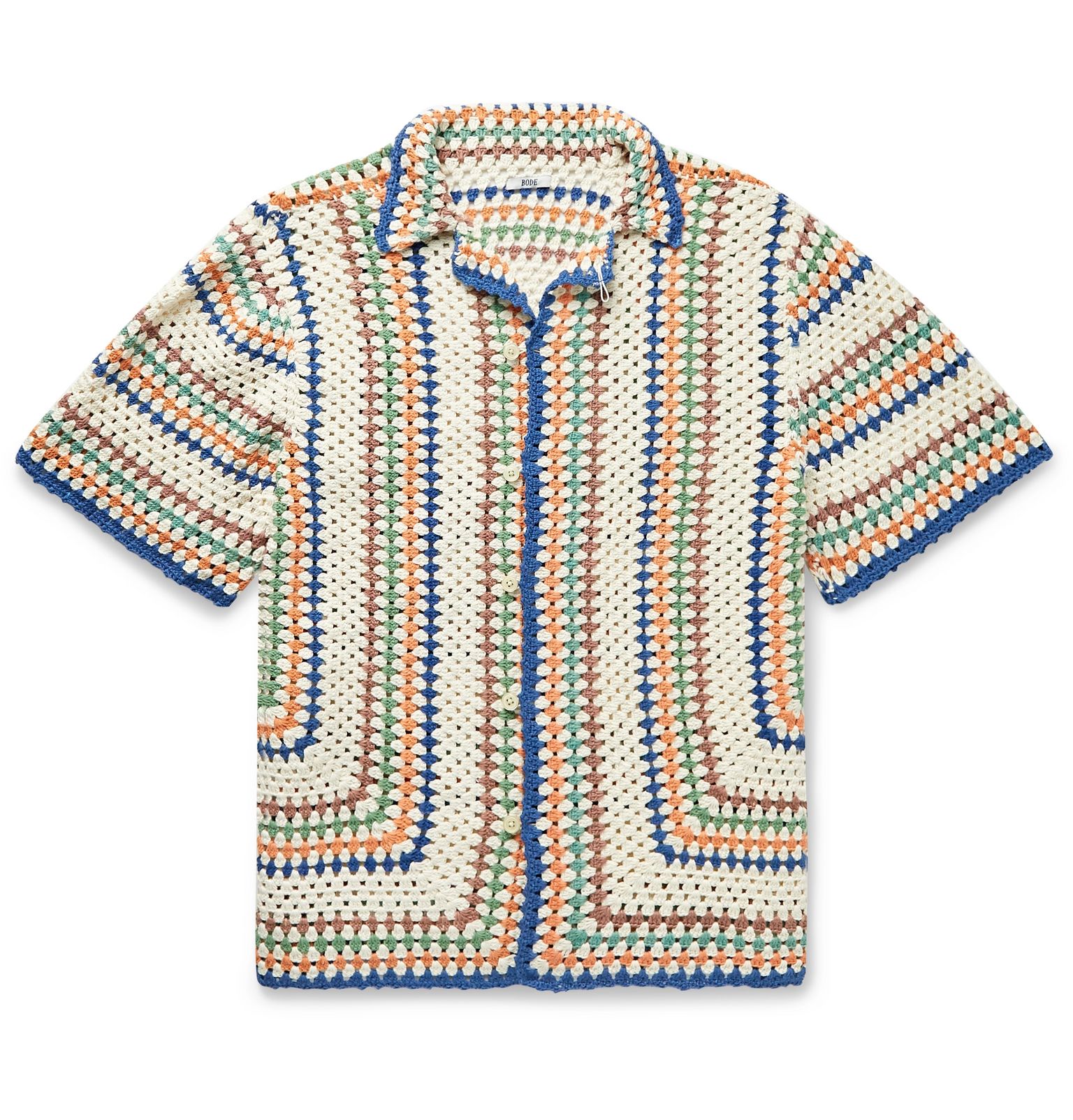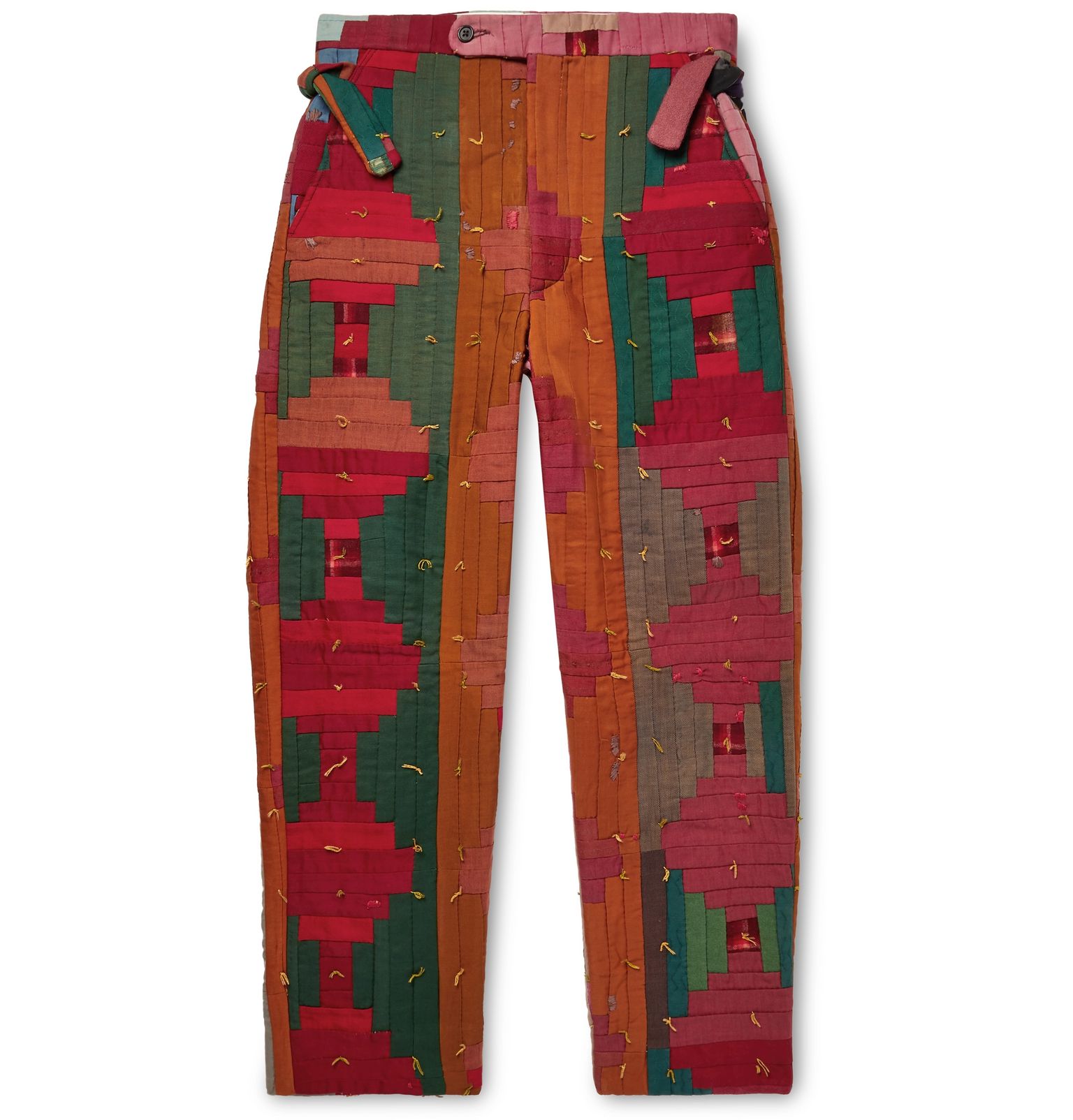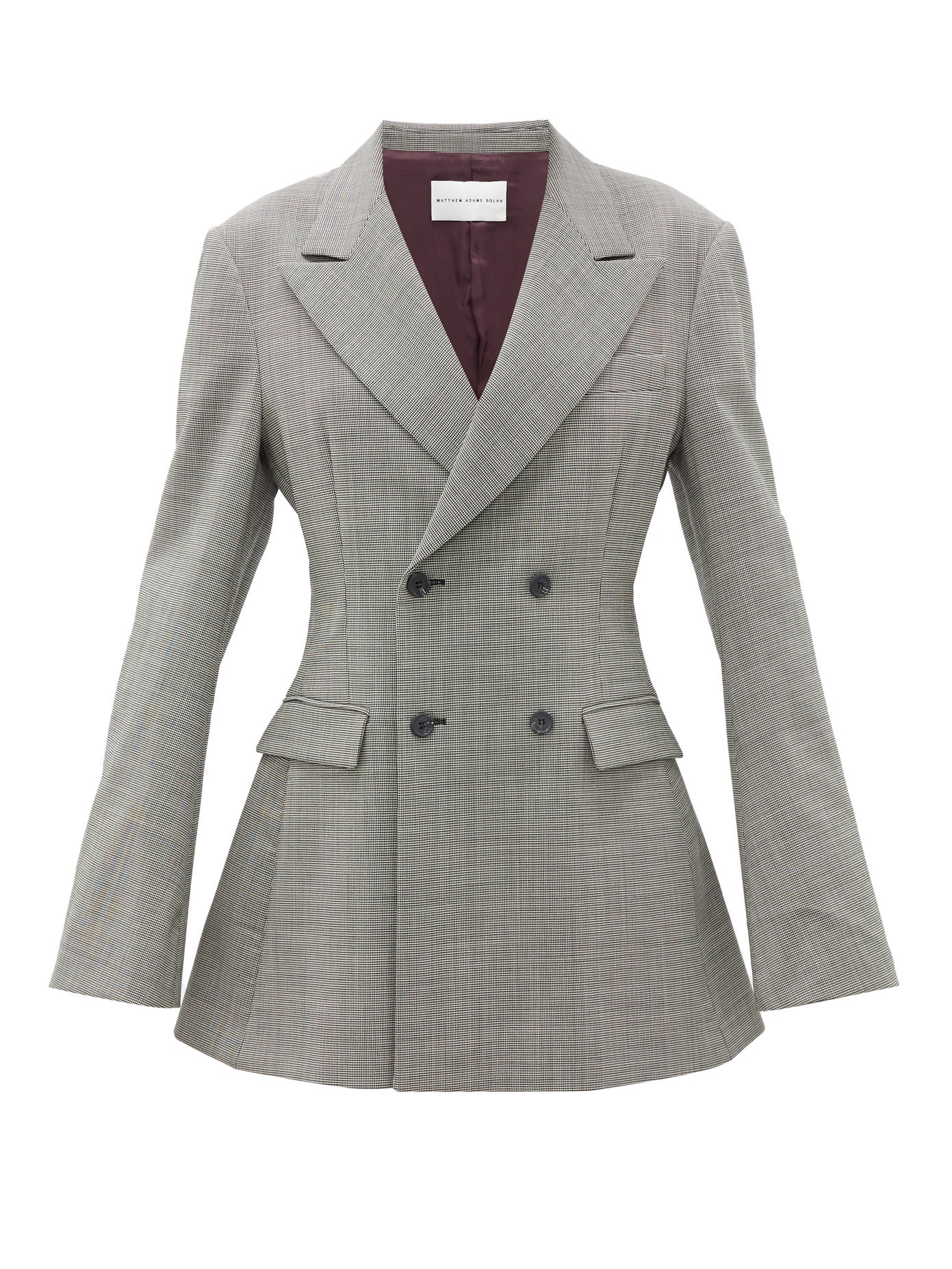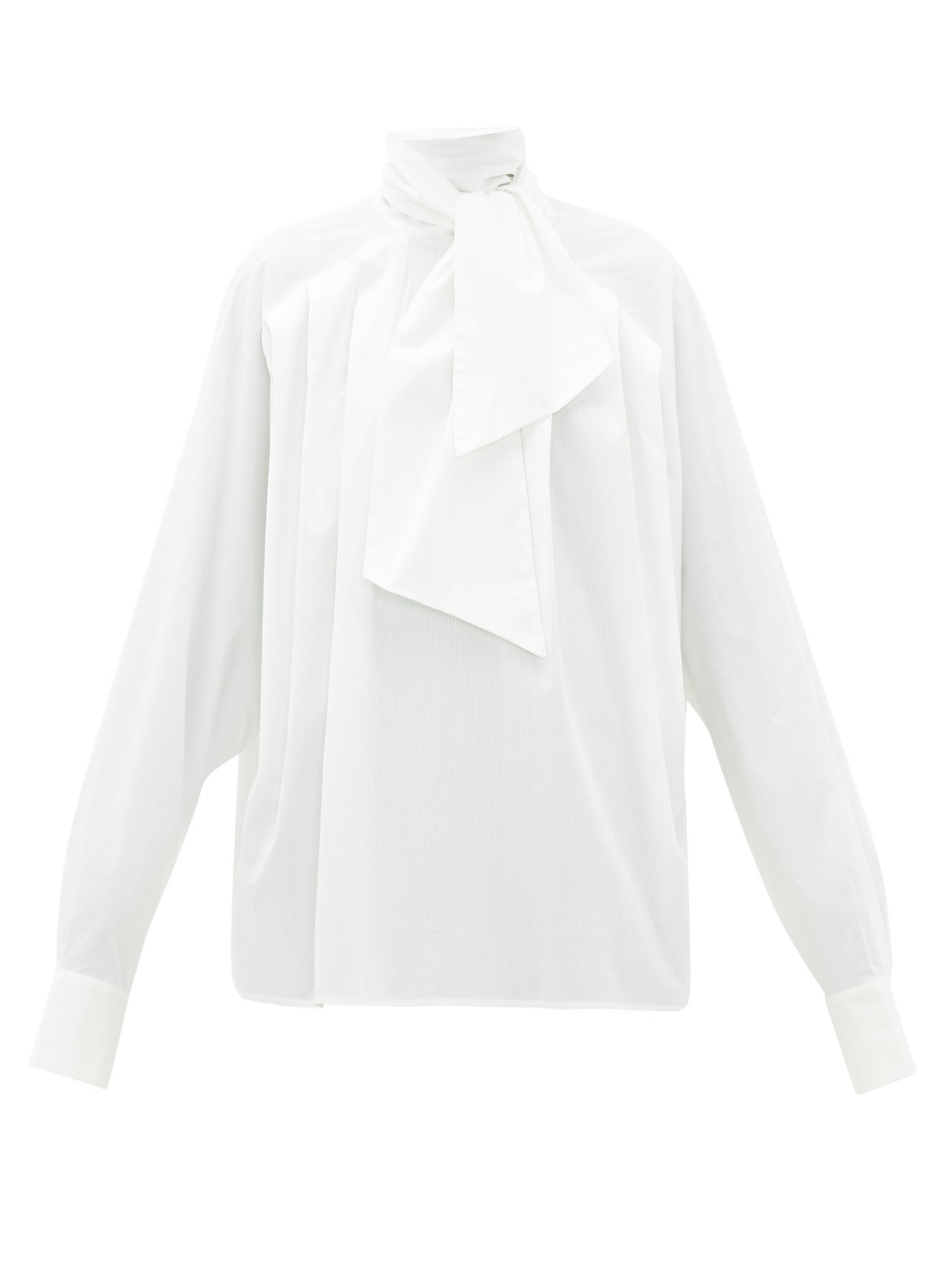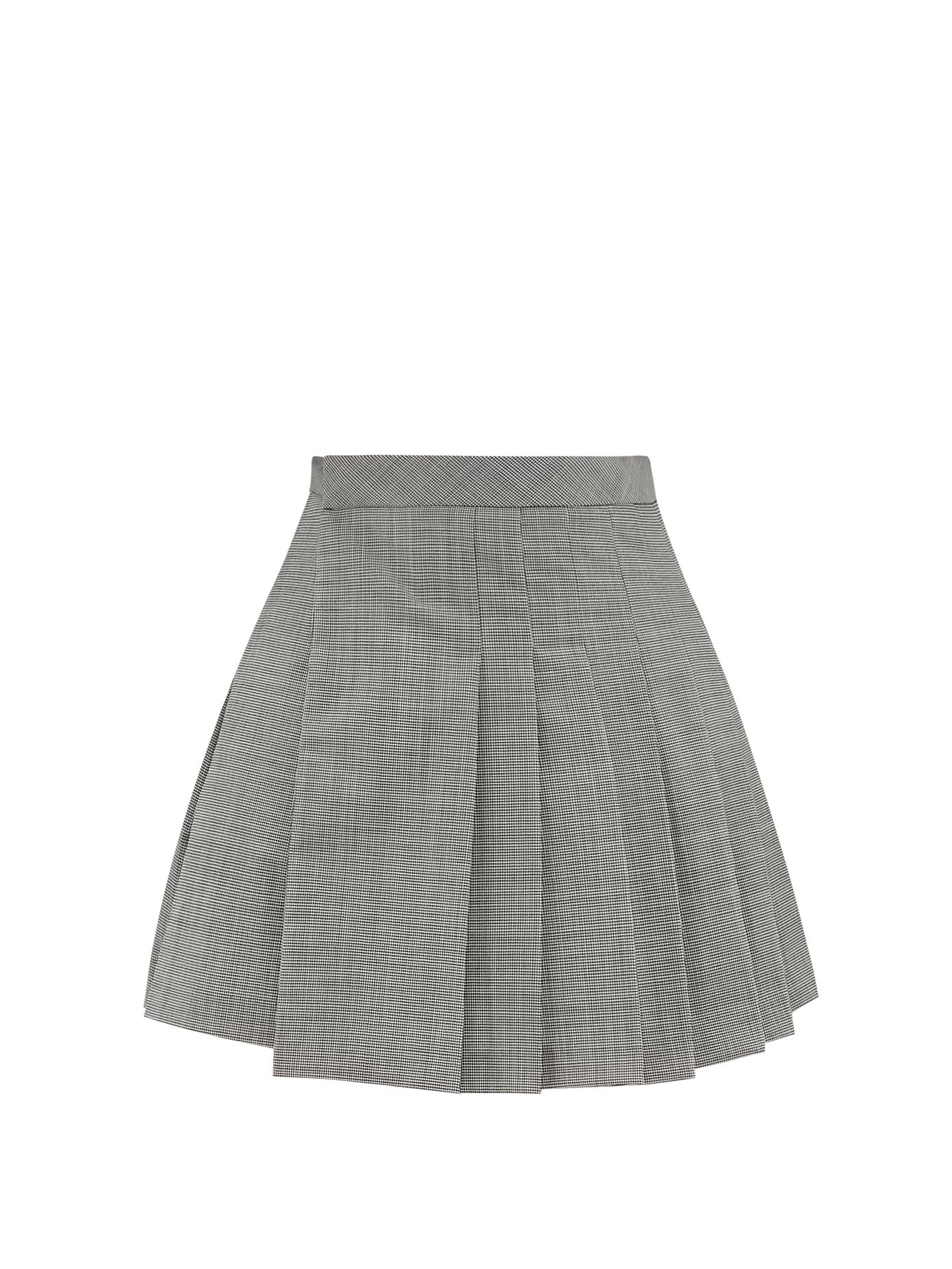3 Designers Making Major Moves Toward a More Sustainable Future in Fashion
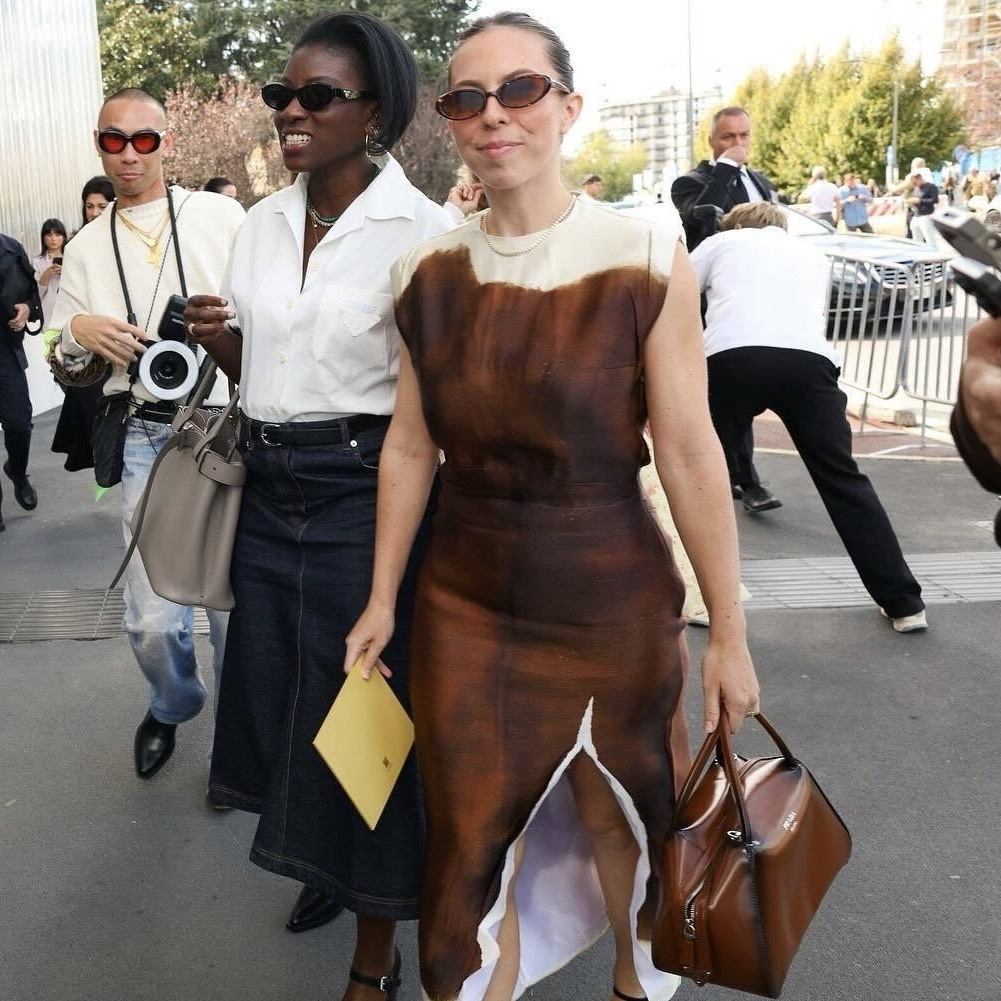
If you're not currently stressed and slightly manic about the state of our environment, I suggest you start reading the news. It is common to feel like there is nothing we as individuals can do to truly make an impact on the changing circumstances of our world, but together, we can make major moves, and that is exactly what the historical and long-standing International Woolmark Prize aims to do within the fashion industry. The International Woolmark Prize brings emerging designers together and challenges them to push the status quo when it comes to how these newer brands are sourcing and creating clothing, specifically in regard to the use of Australian merino wool. To give you an idea of just how respected this prize is, previous winners include Yves Saint Laurent, Karl Lagerfeld, and Ralph Lauren—just to name a few.
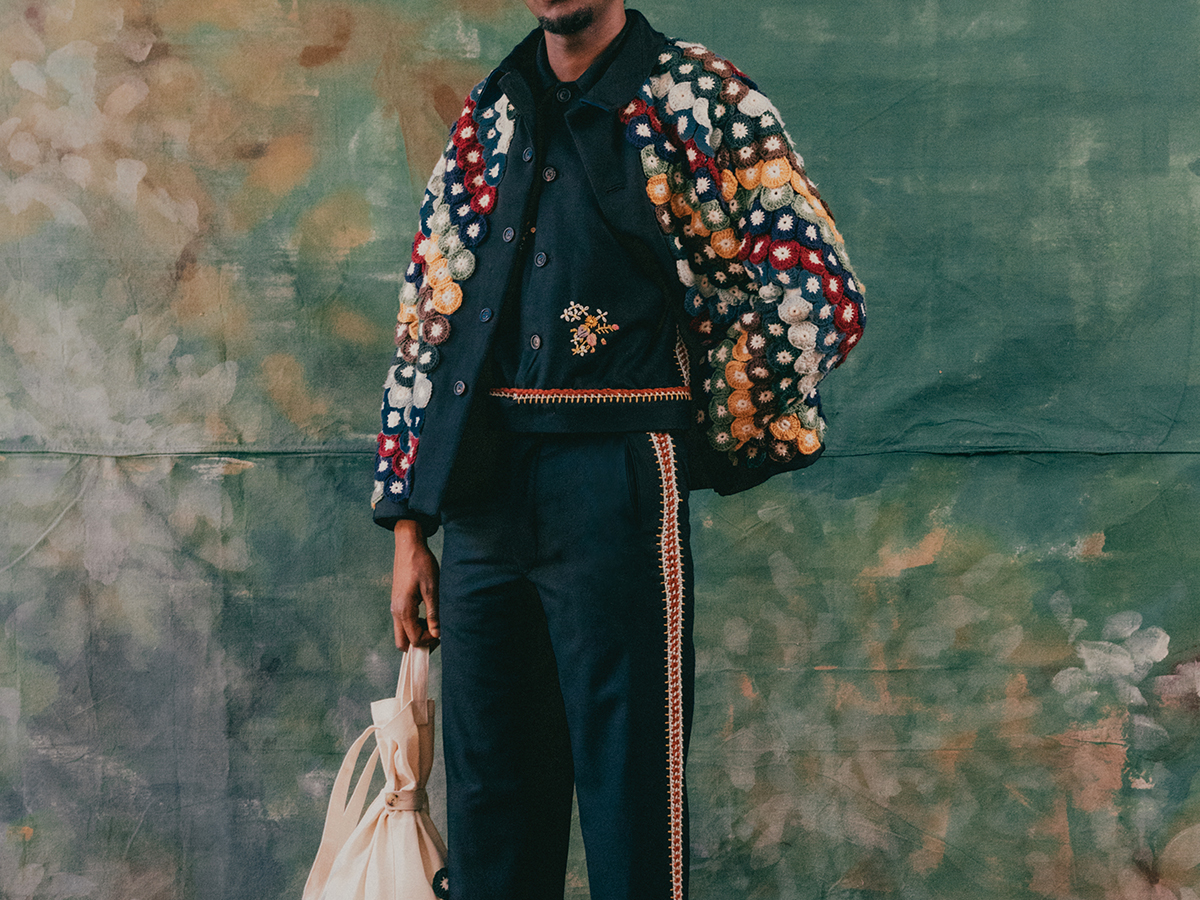
This year, out of 300 applicants from over 47 different countries, the finalists have finally been selected. We had the opportunity to chat with three of them—Emily Bode, Matthew Adams Dolan, and Richard Malone—about their upcoming collections that will show at the 2020 International Woolmark Prize during London Fashion Week and their commitments to sustainability. The winner of the IWP will receive funds to further develop their collection that will ultimately be sold at some of the industry's top retailers. Winning this award as an emerging designer means more than we onlookers can comprehend, so hearing about this award's impact from the finalists themselves seemed like the best option.
Ahead, get ready to hear all the fine details about these three finalists' collections for the 2020 International Woolmark Prize and to see a sneak peek of their inspiration and lookbook imagery along the way.
Emily Bode
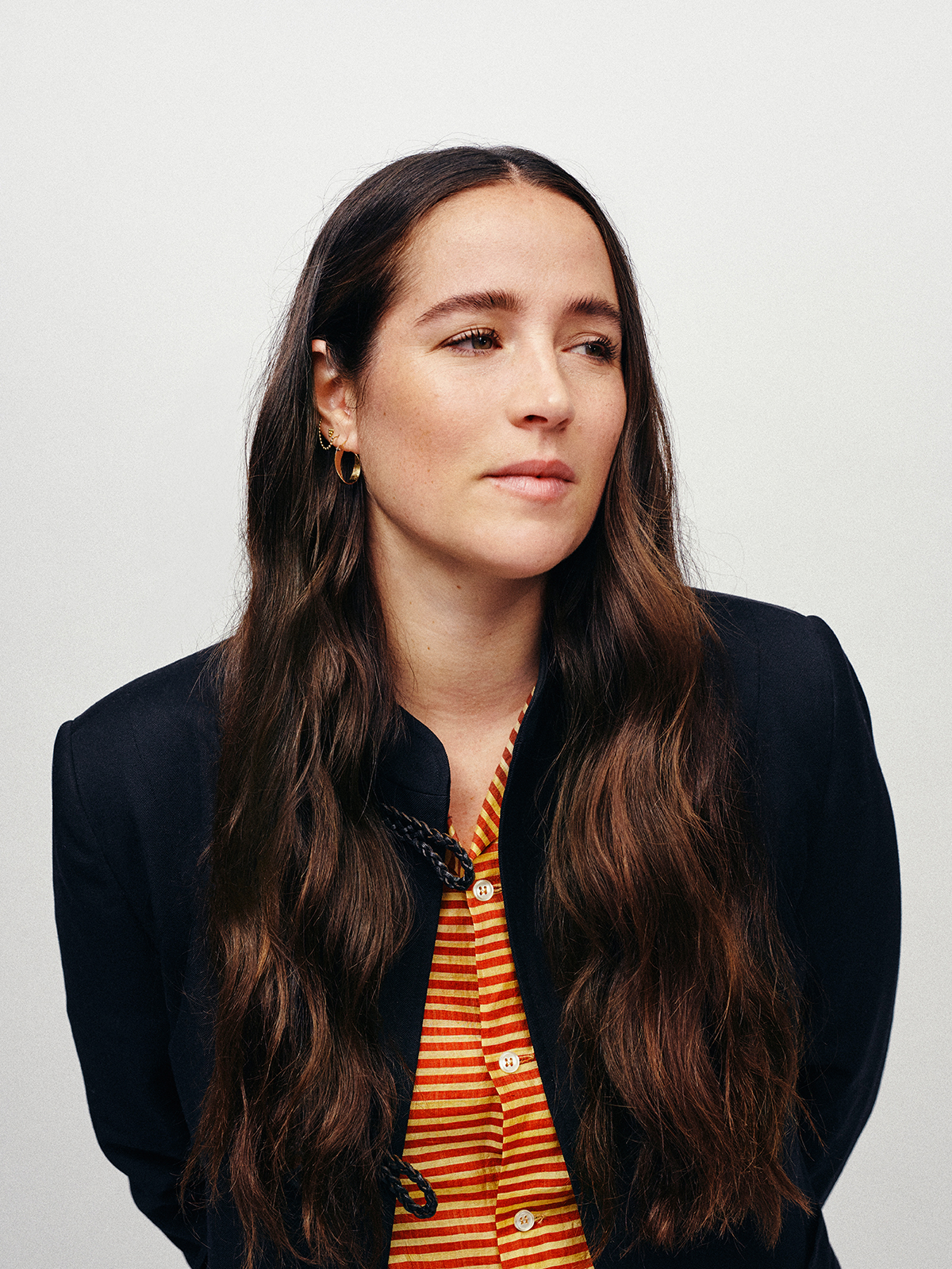
What does being a finalist in the IWP mean to you as an emerging designer?
I have known about the history of Woolmark since I was in school at Parsons. The prize is an incredible honor and opportunity to sit among these contemporary and historic names in our industry while holistically working toward a more thoughtful future in fashion.
What can we expect from your collection at the IWP?
A reinvigoration of historical techniques and processes in traceable and certified merino wool.
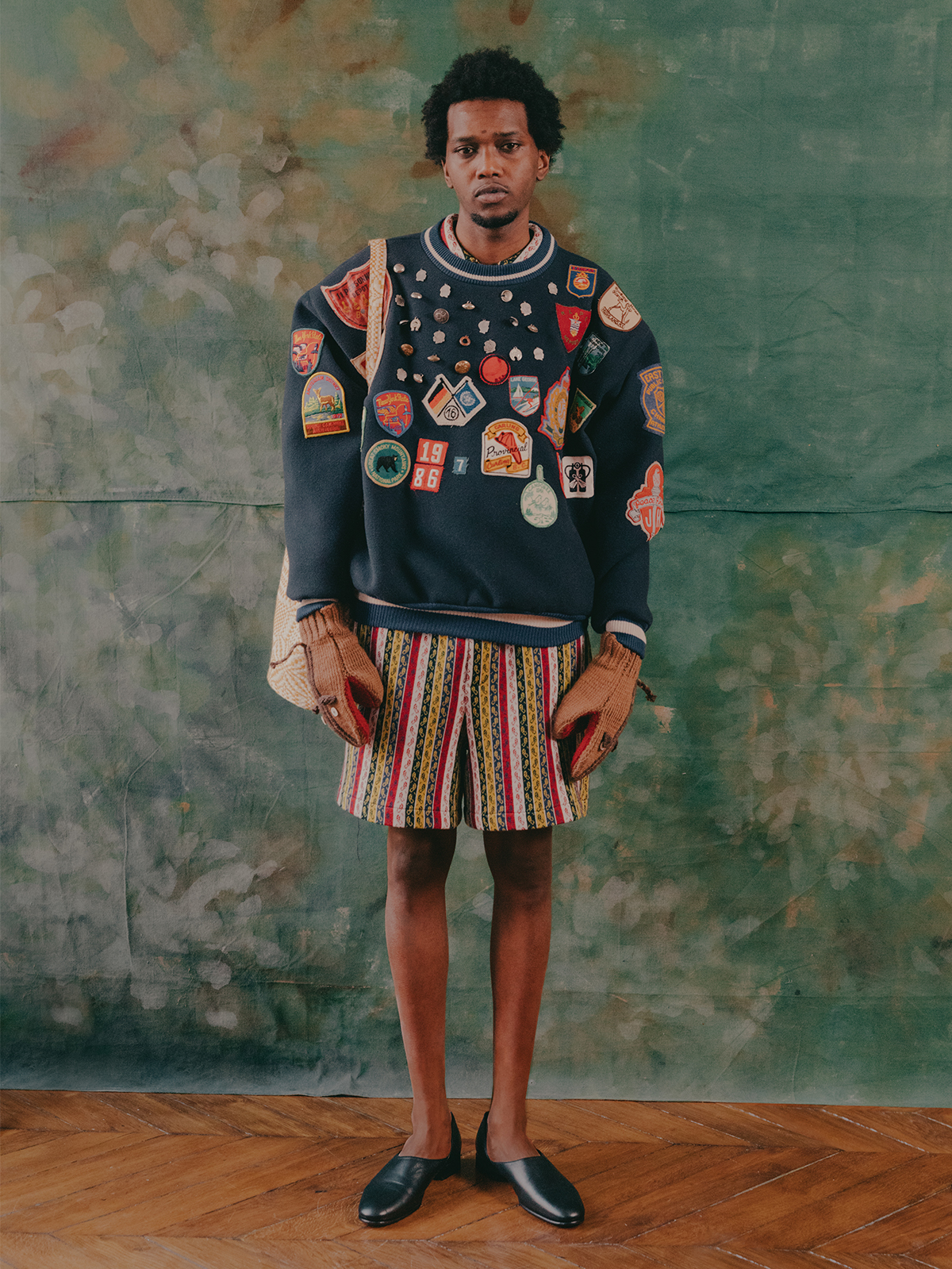
Explain the unique wool fabrication, process, or development that you used on this collection.
Through working with the Woolmark Wool Lab, we gained contacts for suppliers and manufacturers that we otherwise may have not found. For example, one of these suppliers had merino wool felt. I reinterpreted the historic tradition of collecting and patchworking wool souvenir pennants with a Woolmark certified merino wool felt, which elevated the practice from using simply an untraceable craft felt. This collection embodies and exemplifies narratives of the past of re-use, self-sufficiency, and a commitment to the preservation of craft.
What were some of your biggest challenges throughout that development?
Some of the biggest challenges were the deadlines. Because it was our first time working with many of these mills and suppliers, we didn’t know how to gauge production timelines as pertained to our previous collections.
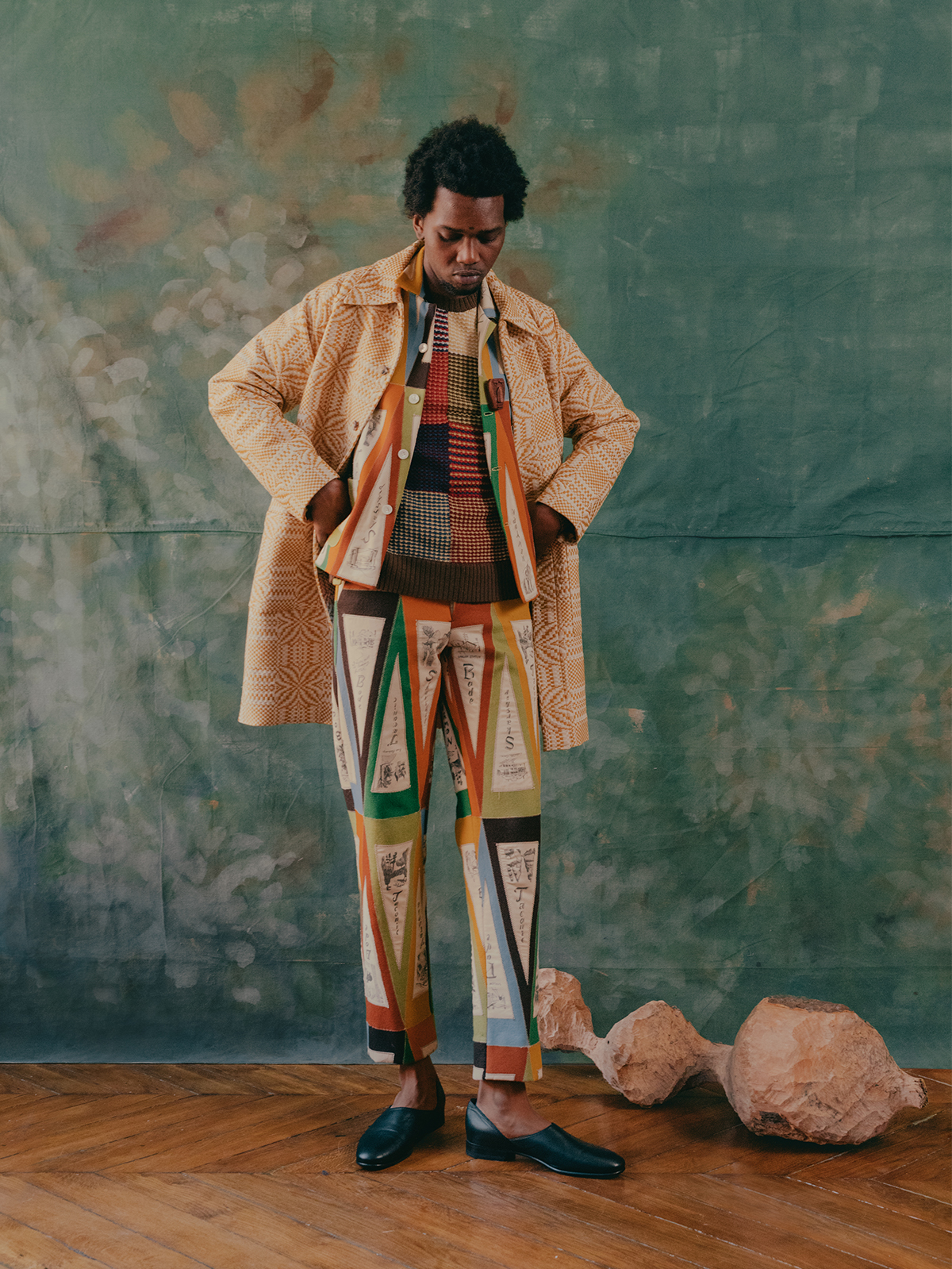
Can you speak to some of the other ways you execute sustainability within your brand?
We work with family-owned historic mills and factories in New York, Pennsylvania, and Ireland, to name a few. We also work with a handful of female-owned manufacturers, such as our New York knitting factory and our India based embroidery studio. Since the beginning of the brand, I have worked with historic zero-waste and carbon-neutral processes such as hand-loom, hand-knitting, and hand-embroidery.
Any advice for emerging designers on how to maintain sustainable practices while building a brand?
Think unconventionally about your design practices! For instance, you don’t need to work solely with eco-technical fabrics to have a sustainable business.
Shop the brand:
Richard Malone
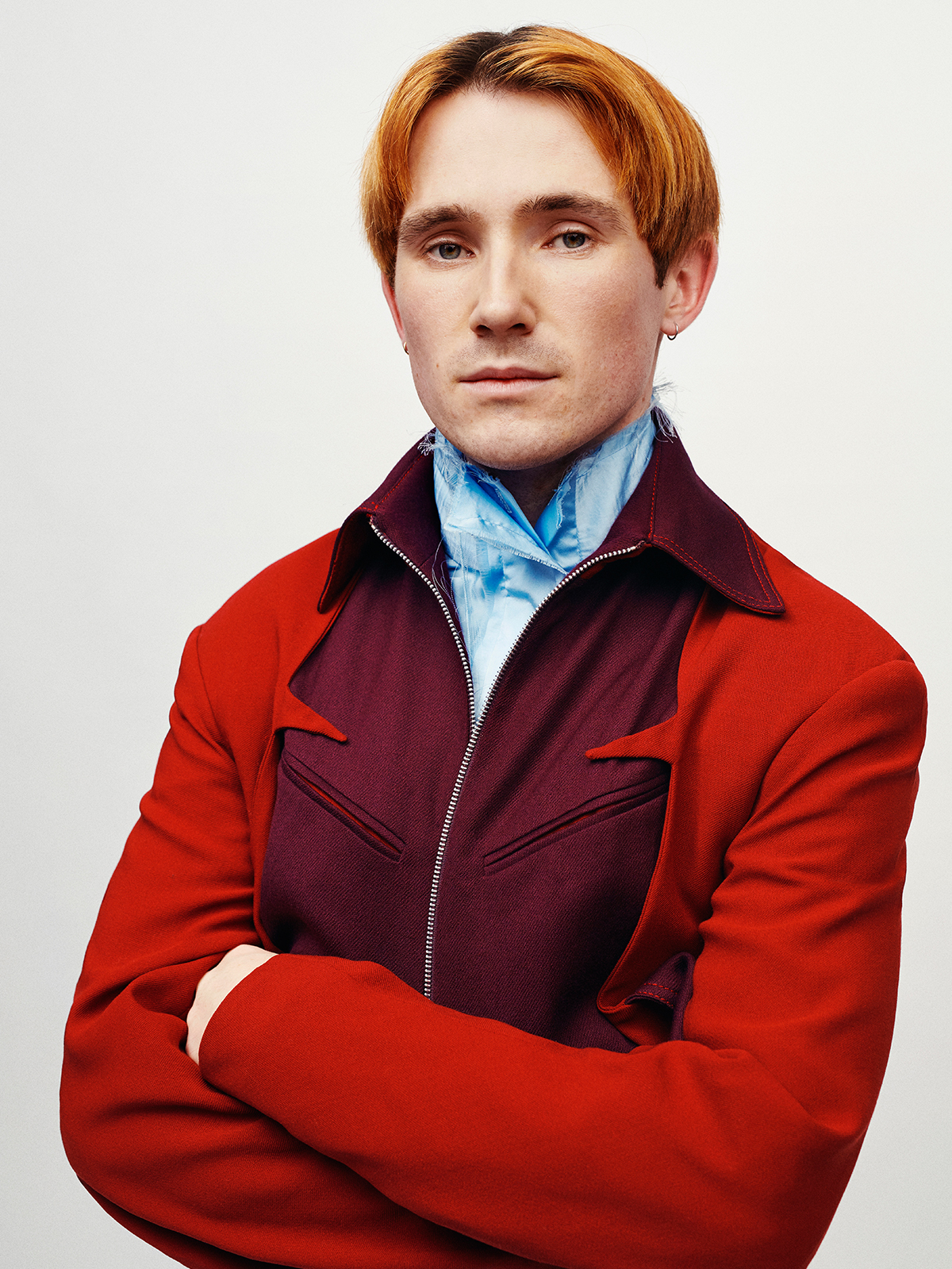
What does being a finalist in the IWP mean to you as an emerging designer?
It is extremely exciting for me personally. I only work with sustainable and biodegradable and recycled fabrics, so getting to research with wool was incredibly exciting.
My brand began sustainability and is about future-proofing our planet, our people, and in turn, our industry. Nothing can truly be modern or luxurious that doesn't account for its actions and its impact. As a designer, I see a huge personality in research and design solutions, working from the very ground up and acknowledging every person and process along the way. A lot of sustainability is grounded in ego—designers wanting credit for something innovative—whereas often innovation or new systems only add to waste and damage. A good example is leather alternatives. Nothing changes with the existing leather industry; you just end up just creating more synthetic products that cannot biodegrade.
Part of my project is going right back to the soil and rethinking our archaic fashion systems, which incorporate everything from farming through to the extremely damaging wholesale model that permeates our industry.
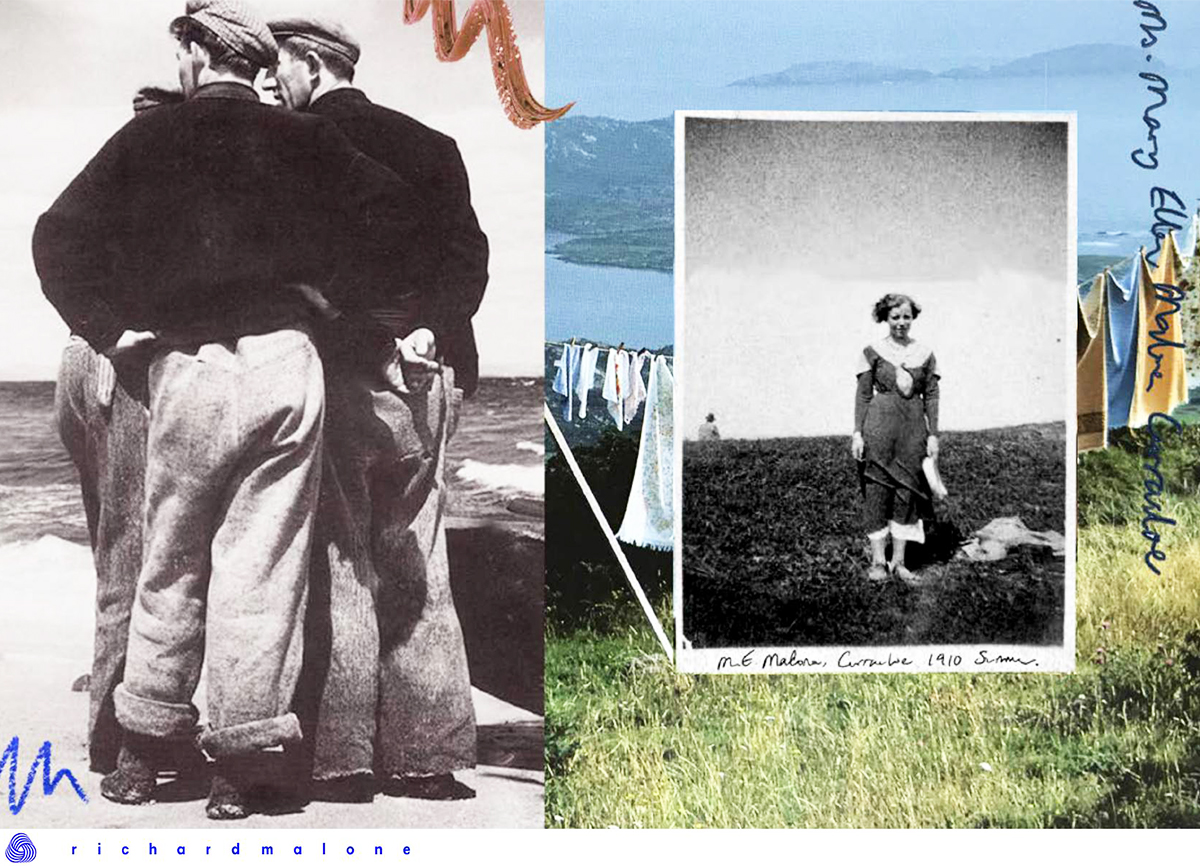
What can we expect from your collection at the IWP?
My IWP submission involves using natural, plant-based, and organic dyes with expert weavers to create beautiful, contemporary fabrics. I ensure that everyone in my supply chain is paid over triple the fair-trade wage and that everyone’s opinion and expertise are respected and encouraged. It is a real partnership. We've also established a regenerative farm to re-use our water waste and encourage crop rotation (at the minute, we have regrown cotton), so we are actually regenerating land that has become barren through mass production and giving back to the planet.
I’ve also partnered with Fibershed in the UK, who are sharing information with the farm in Tamil Nadu so natural wool garments can be biodegraded back to the soil here and reinvigorate our earth.

What were some of your biggest challenges throughout that development?
The vigorous tests in place to determine what can pass as high-quality wool through the Woolmark certification program. A lot of cotton or fair trademarks and certificates can simply be bought. They aren't actually legislated, so as a designer, we need to not be lazy and actually visit every facet of our supply chain to ensure it is authentic and safe.
Can you speak to some of the other ways you execute sustainability within your brand?
We regenerate ocean waste into jersey, organic cotton; recycle water waste in regenerative farms; and educate consumers on recycling and repairing garments. We never mass-produce, and every person in our supply chain is treated fairly, paid properly, and respected.
Any advice for emerging designers on how to maintain sustainable practices while building a brand?
Never let the ball drop. Don’t push to meet the schedule that exists. Focus on excellent work regardless of the time it takes. The schedule is archaic and irrelevant.
Matthew Adams Dolan
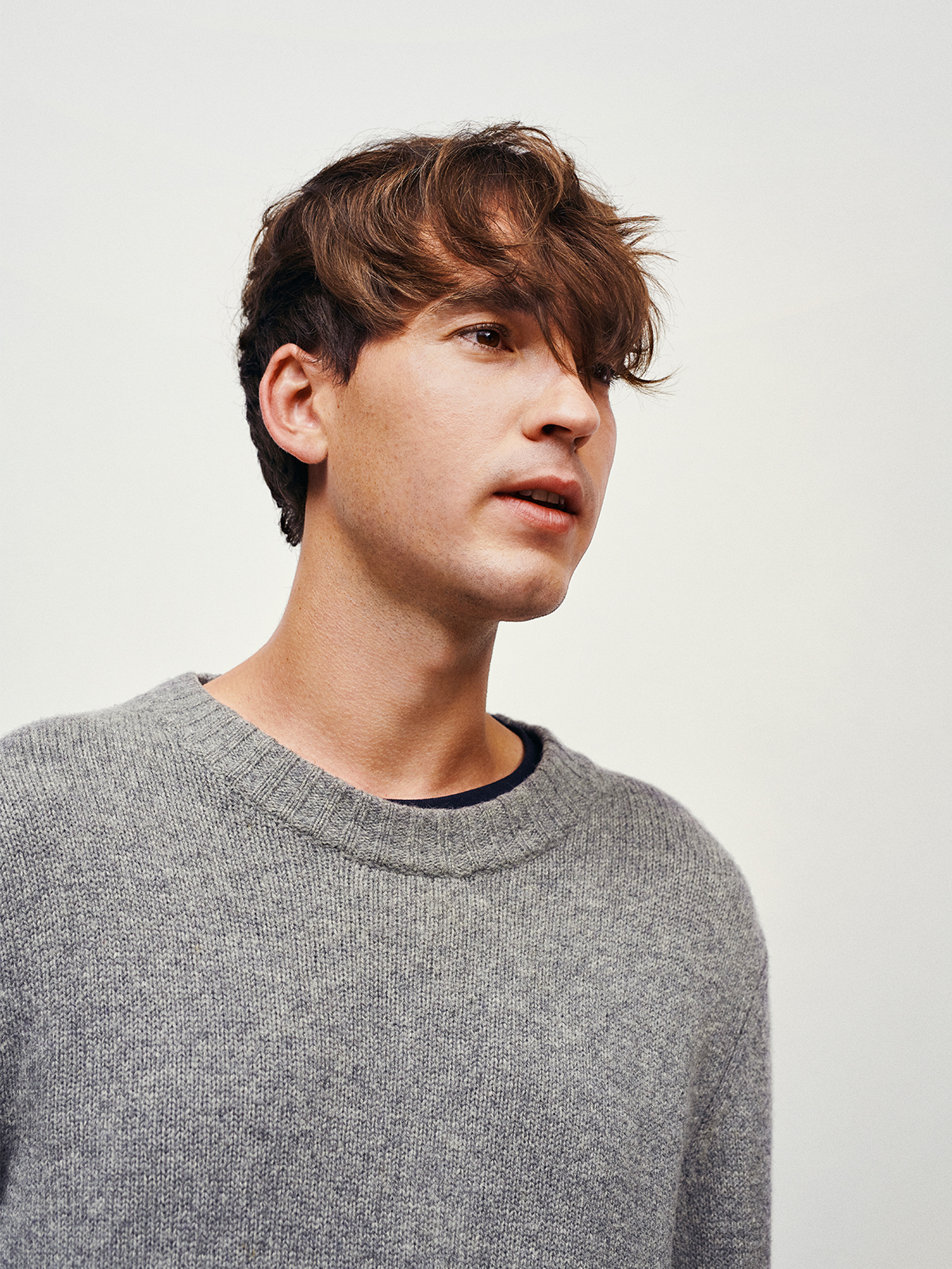
How does it feel to be an International Woolmark Prize finalist?
It’s very exciting to be part of the prize considering its history and the support and mentorship it provides.
How long have you worked with merino wool?
We have been working with merino wool for quite a few seasons now and are excited to continue to explore new ways to utilize it in the collection for the International Woolmark Prize.
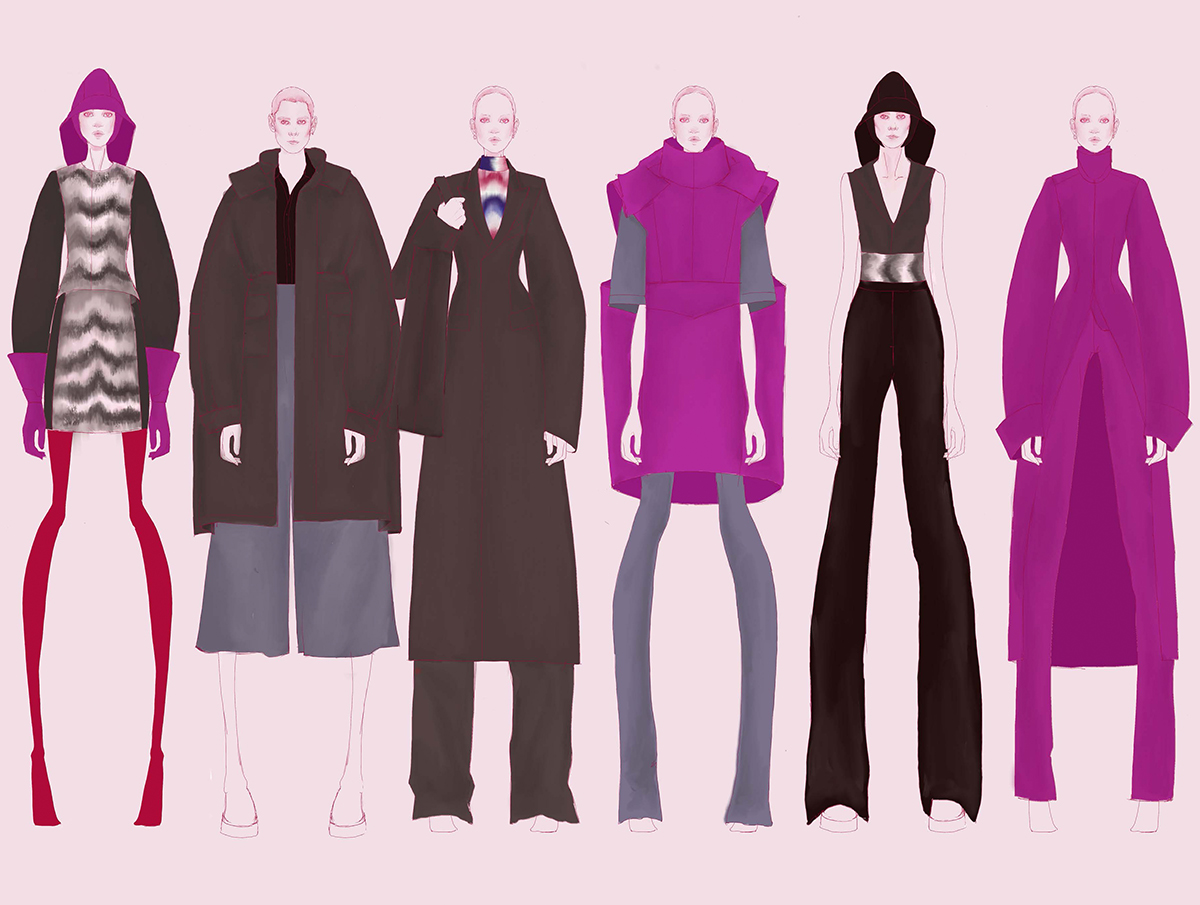
What would it mean for you and your brand if you were to win the International Woolmark Prize?
It would be a huge honor and a great opportunity for the business. Regardless of the outcome, the support and mentorship that comes with the experience are invaluable.
What design or business opportunities would you be able to pursue if you won the International Woolmark Prize?
The prize really gives us the opportunity to further explore the diverse potential of wool as a material. Being part of the prize gives us a platform to further develop our business in a more sustainable and forward-thinking way.
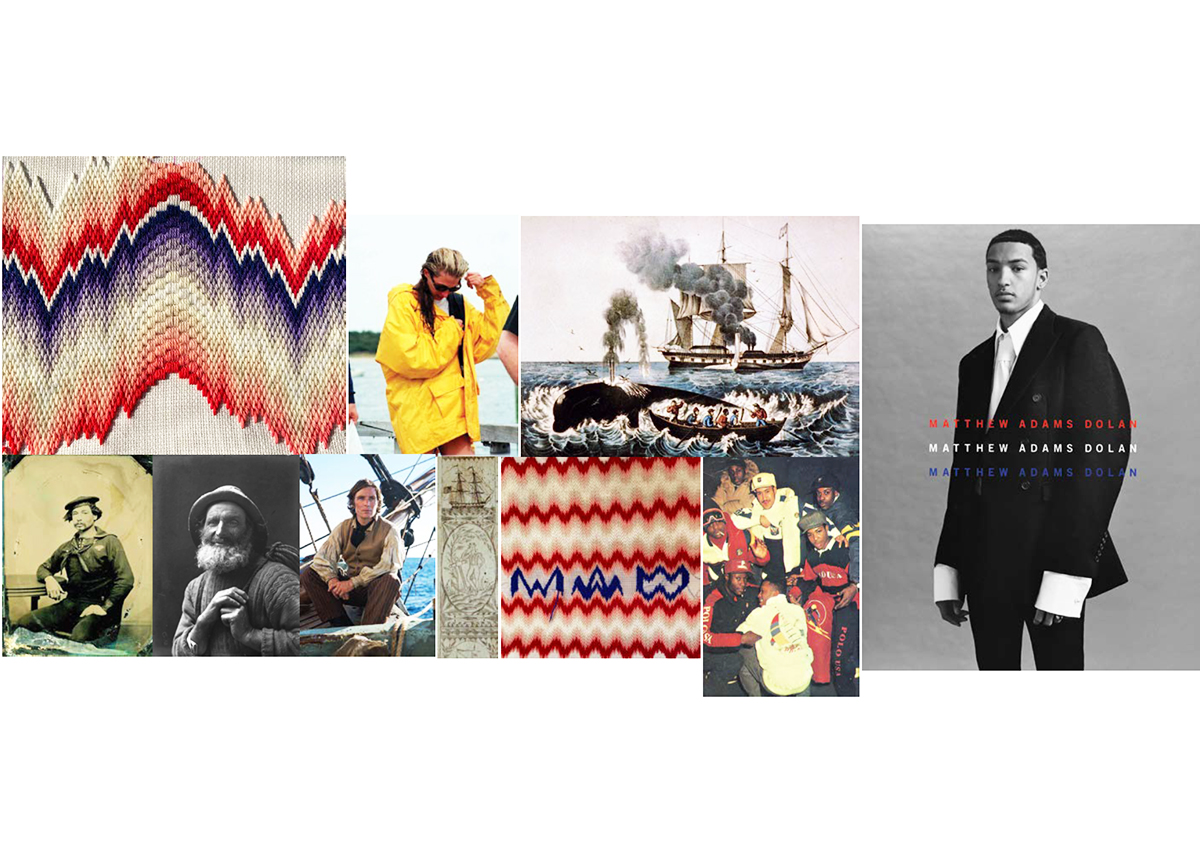
What are your current traceability and sustainability policies, and how do you plan to incorporate these into your International Woolmark Prize collection?
We have made efforts to be conscious of who we partner with in terms of factories and suppliers. We are lucky to work with a number of sustainably minded factories in Italy. However, this is something that we are always looking to improve and integrate into the business. In terms of the International Woolmark Prize collection, this is definitely something we are looking to incorporate more fully through the sourcing of recycled materials and production initiatives.
Shop the brand:

Lauren Eggertsen is currently the editorial director of Who What Wear and has worked at the company for over nine years, where she started as an associate editor and has since worked her way up. Lauren has worked in the Los Angeles and New York Who What Wear offices but currently calls L.A. home. Here, she leads and manages Who What Wear's editorial team and oversees all editorial content. Lauren's role also includes helping to set the fashion direction for all original photo shoots and often styles many celebrity cover shoots, including big names like Kaia Gerber, Normani, and Sabrina Carpenter. She has also attended multiple fashion weeks, including New York, London, Milan, and Paris, where her style has been featured on sites such as Vogue, Harpers Bazaar, and Elle.
-
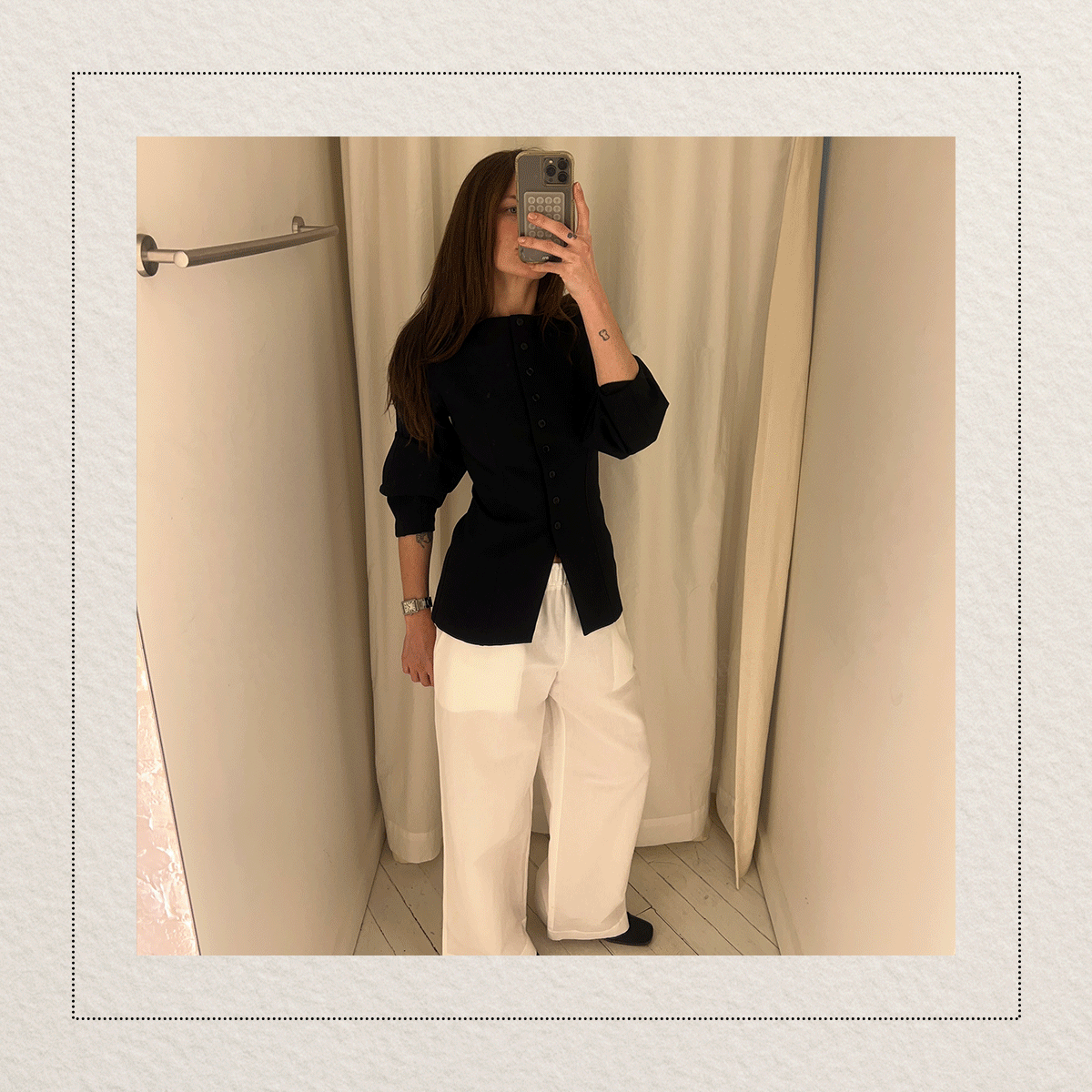 This Elevated Basics Brand Is Every NYC and London Fashion Person's Best-Kept Secret
This Elevated Basics Brand Is Every NYC and London Fashion Person's Best-Kept SecretAnd I just tried on nine pieces in its NYC pop-up.
By Eliza Huber
-
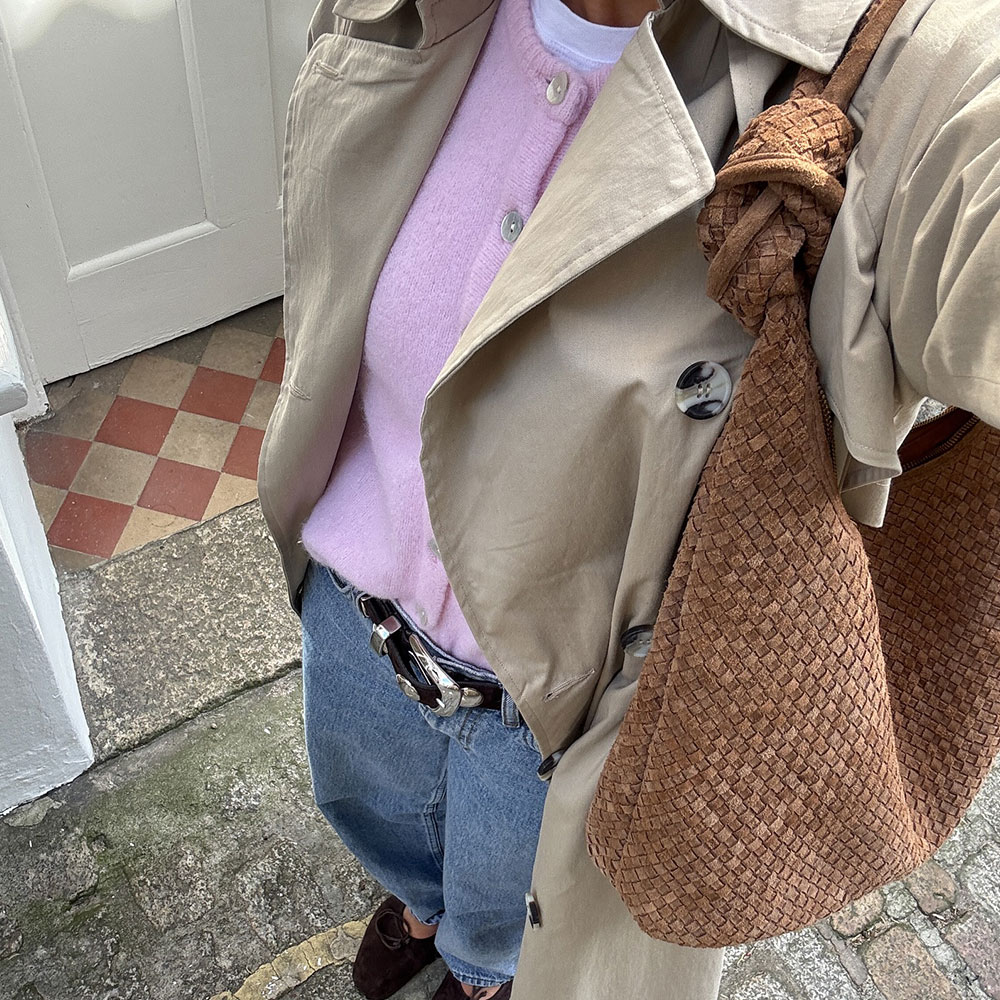 Chic Shopping Lists Are My Thing—31 Great Finds From Nordstrom, Zara, Banana Republic, Shopbop, and Ref
Chic Shopping Lists Are My Thing—31 Great Finds From Nordstrom, Zara, Banana Republic, Shopbop, and RefJackets, dresses, flats, and more!
By Bobby Schuessler
-
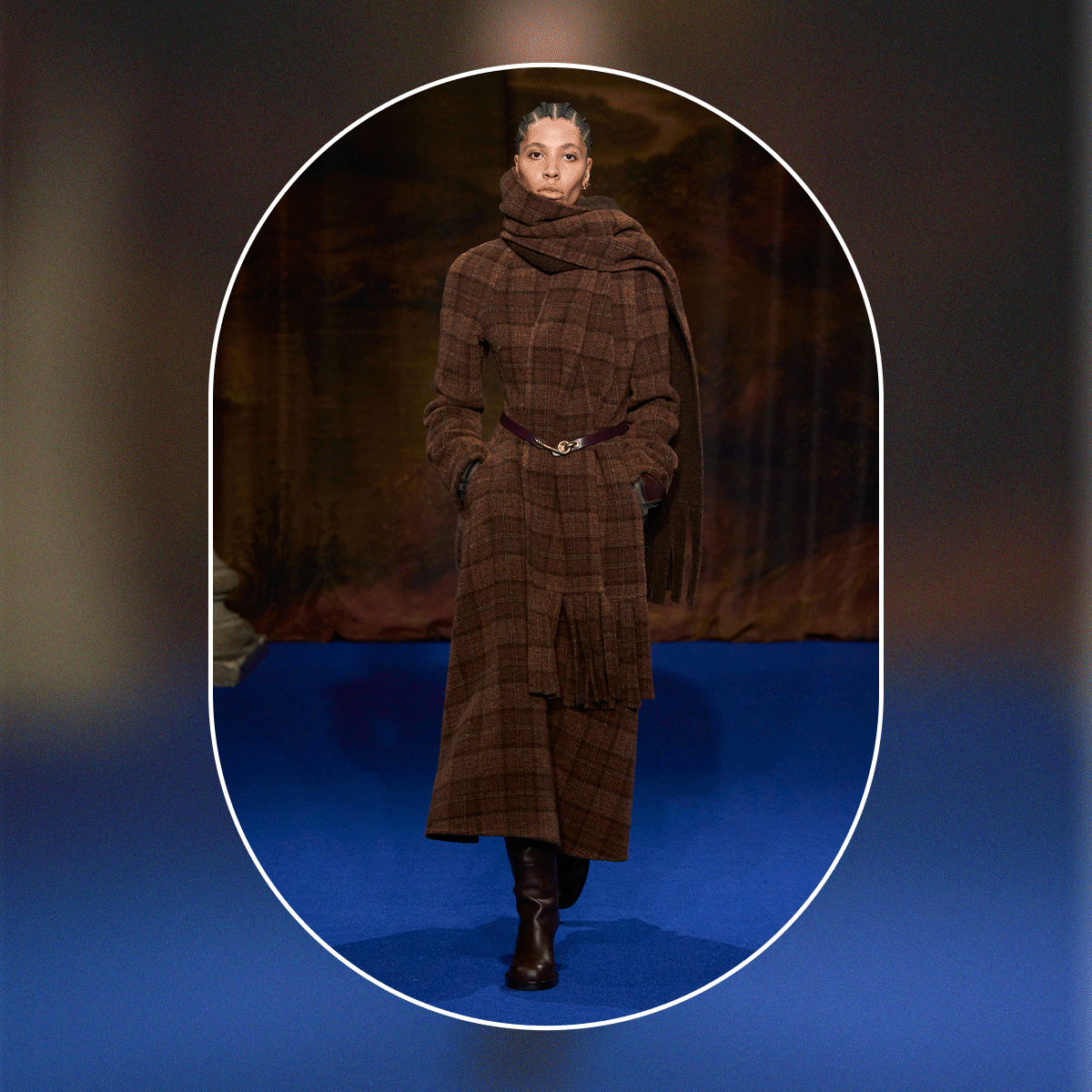 OTK Boots, Velvet, and A-Listers Galore: Why Daniel Lee's Burberry Is Stronger Than Ever
OTK Boots, Velvet, and A-Listers Galore: Why Daniel Lee's Burberry Is Stronger Than EverThe British designer continues to prove himself.
By Anna LaPlaca
-
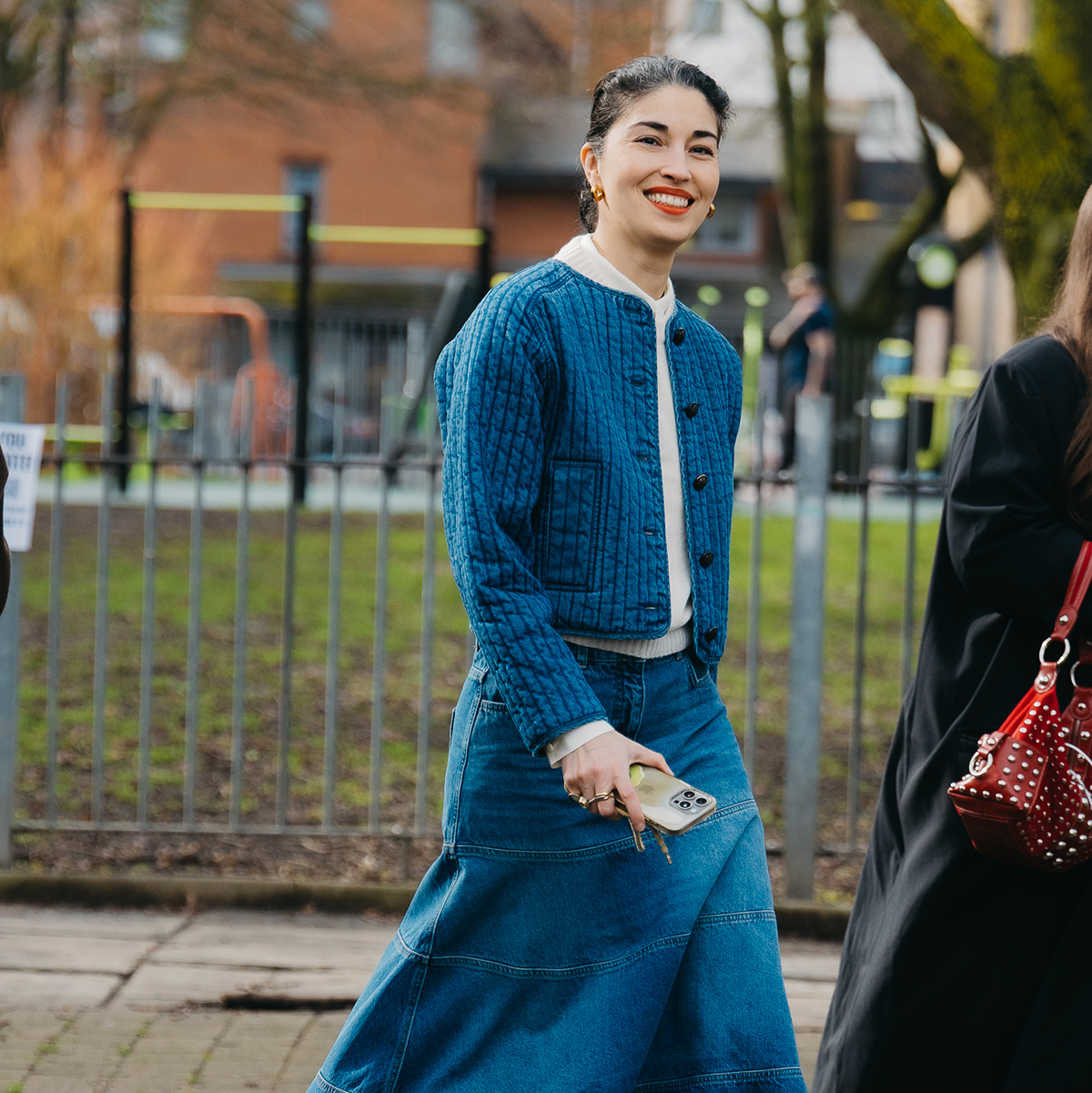 10 Elegant 2025 Trends the Show Attendees Were Wearing at London Fashion Week
10 Elegant 2025 Trends the Show Attendees Were Wearing at London Fashion WeekPrepare to be inspired.
By Allyson Payer
-
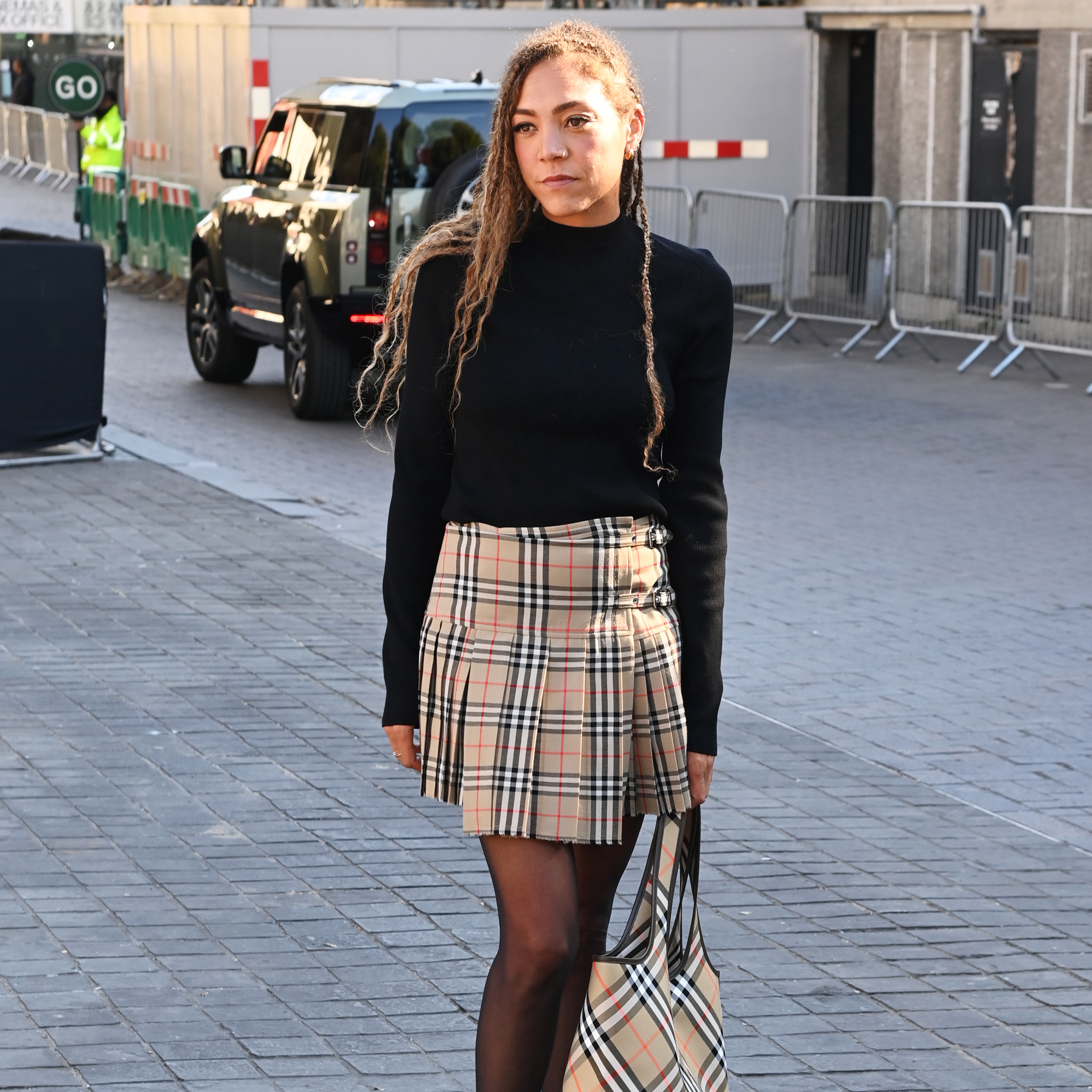 Stylish Londoners Have Officially Ditched Dresses for Skirts
Stylish Londoners Have Officially Ditched Dresses for SkirtsThe bolder, the better.
By Emma Spedding
-
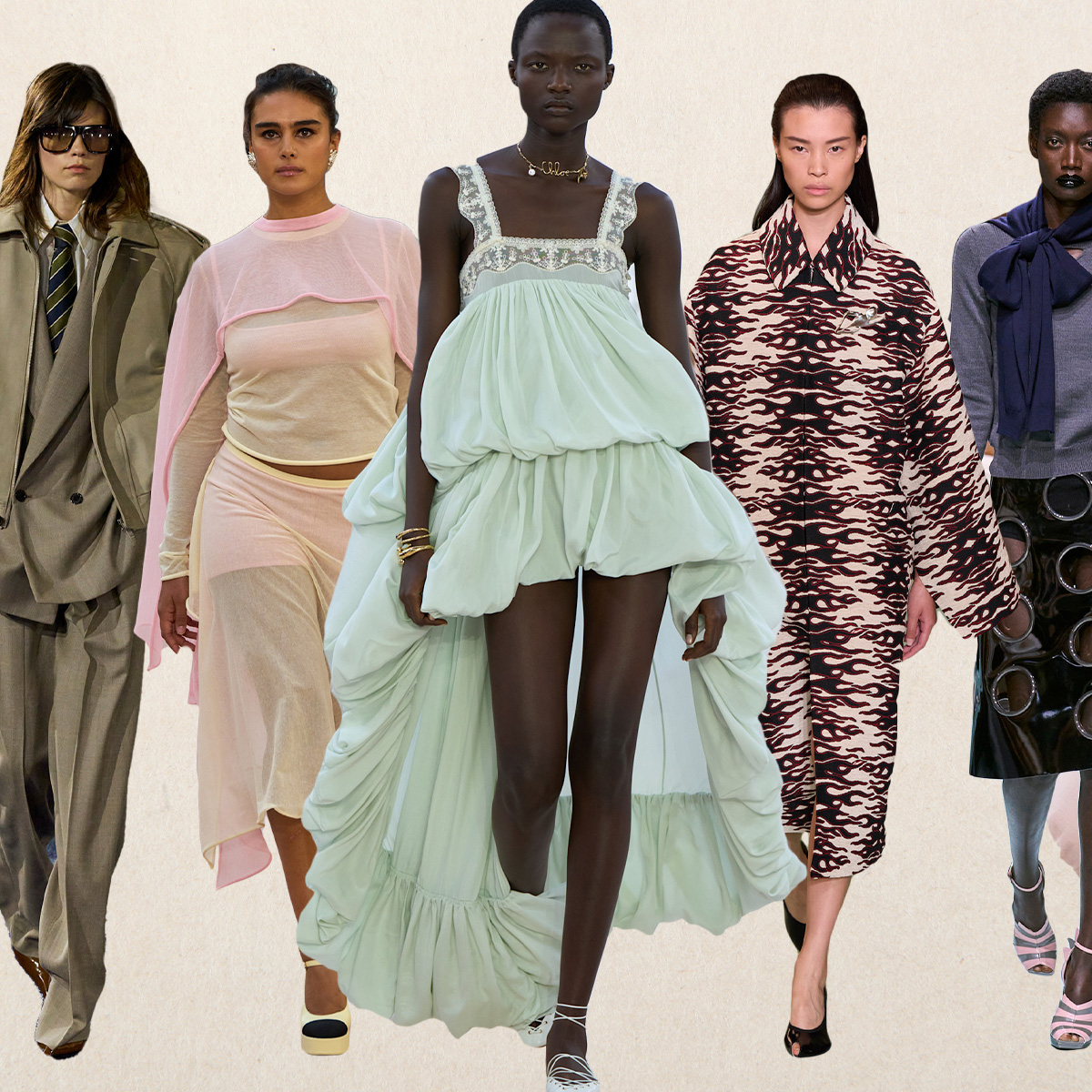 9 Trends Set to Define Spring 2025 Fashion
9 Trends Set to Define Spring 2025 FashionWhat to know from the spring/summer 2025 runways.
By Eliza Huber
-
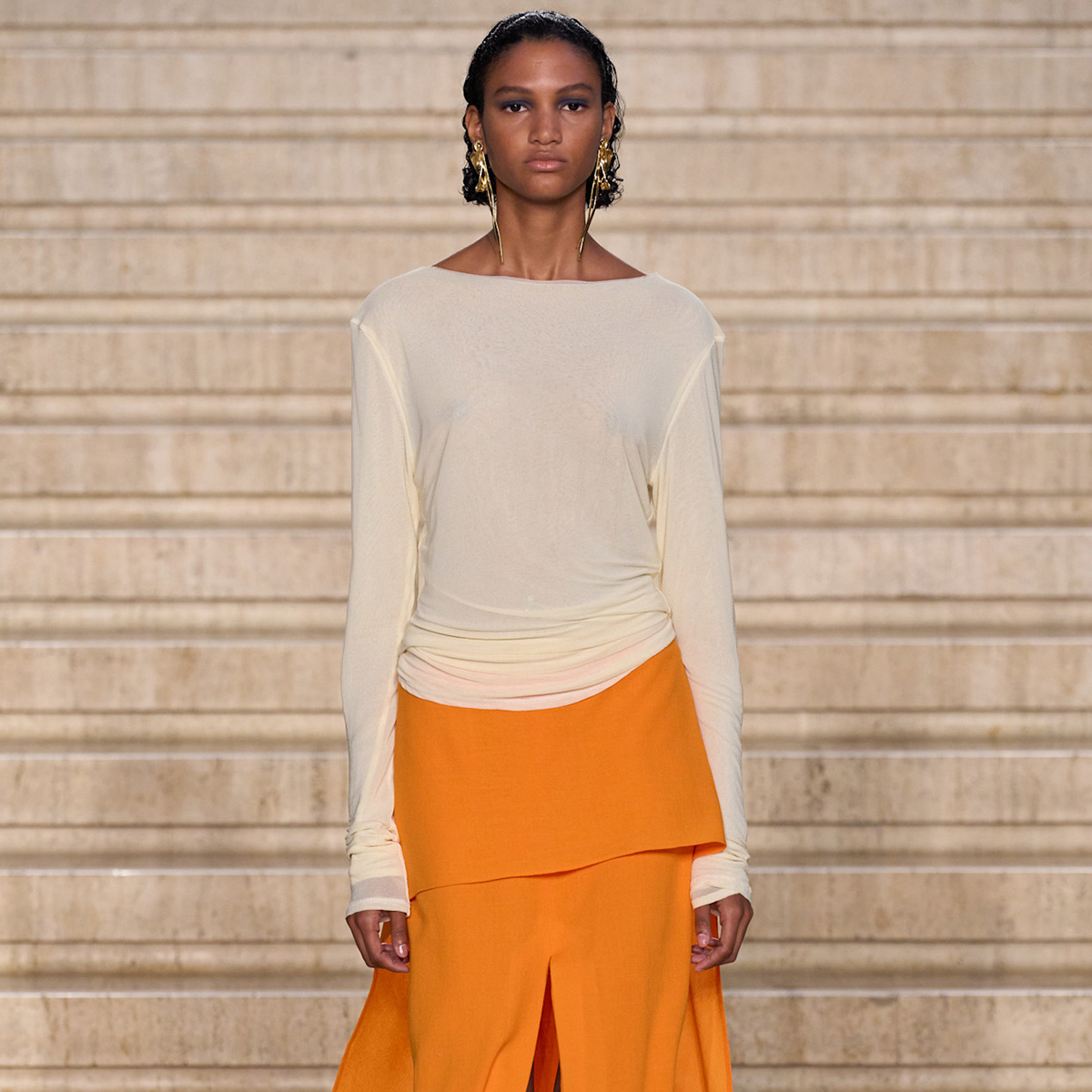 London Has Spoken: 7 Fashion Trends That Are Set to Be Big in 2025
London Has Spoken: 7 Fashion Trends That Are Set to Be Big in 2025They're destined to reach ubiquity come spring.
By Nikki Chwatt
-
 The Burberry S/S 25 Show Embraces Artful Embellishment and Utilitarian Workwear
The Burberry S/S 25 Show Embraces Artful Embellishment and Utilitarian WorkwearDaniel Lee is at it again.
By Nikki Chwatt
-
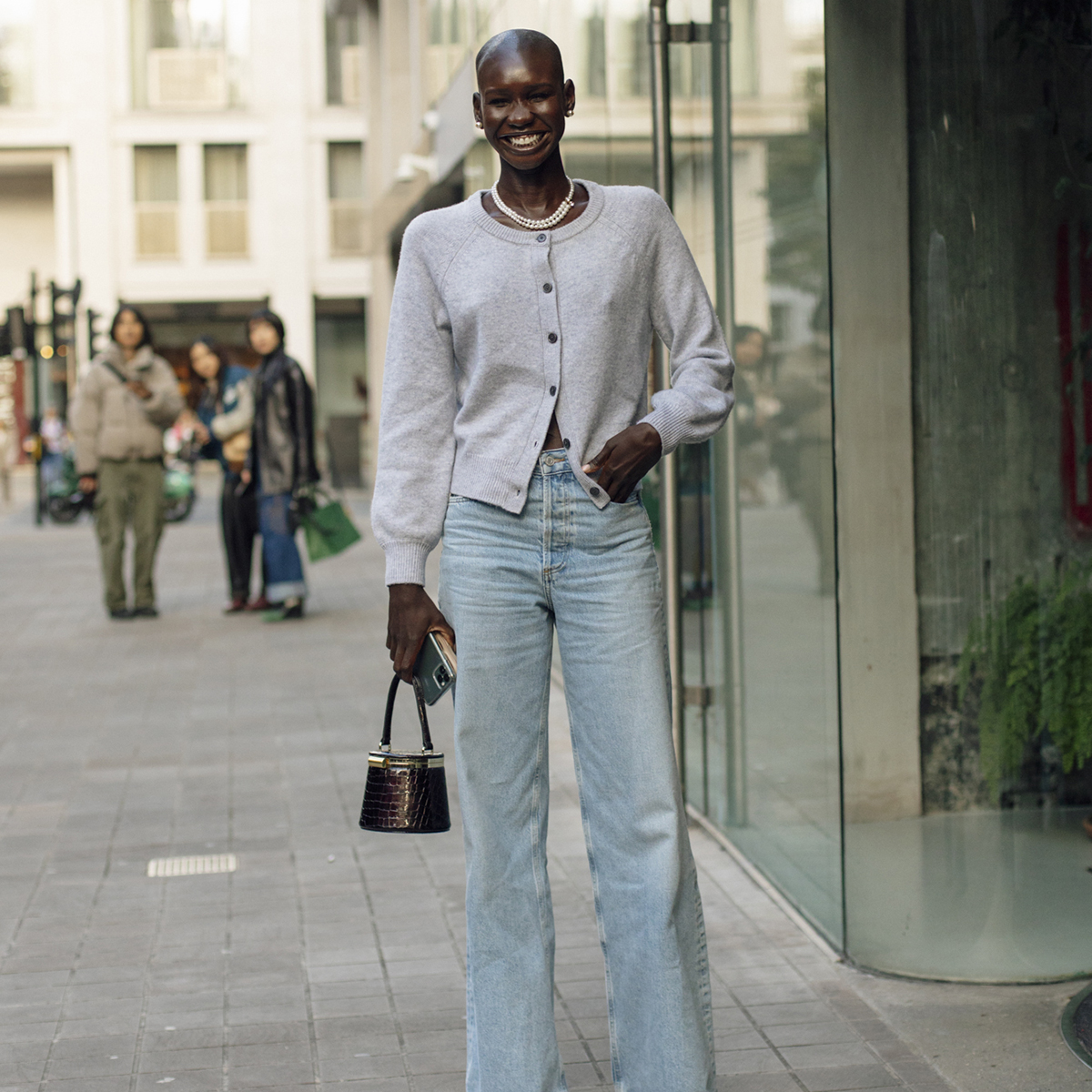 12 Fall Outfit Ideas Straight From the Streets of London Fashion Week
12 Fall Outfit Ideas Straight From the Streets of London Fashion WeekWe can't wait to wear these.
By Allyson Payer
-
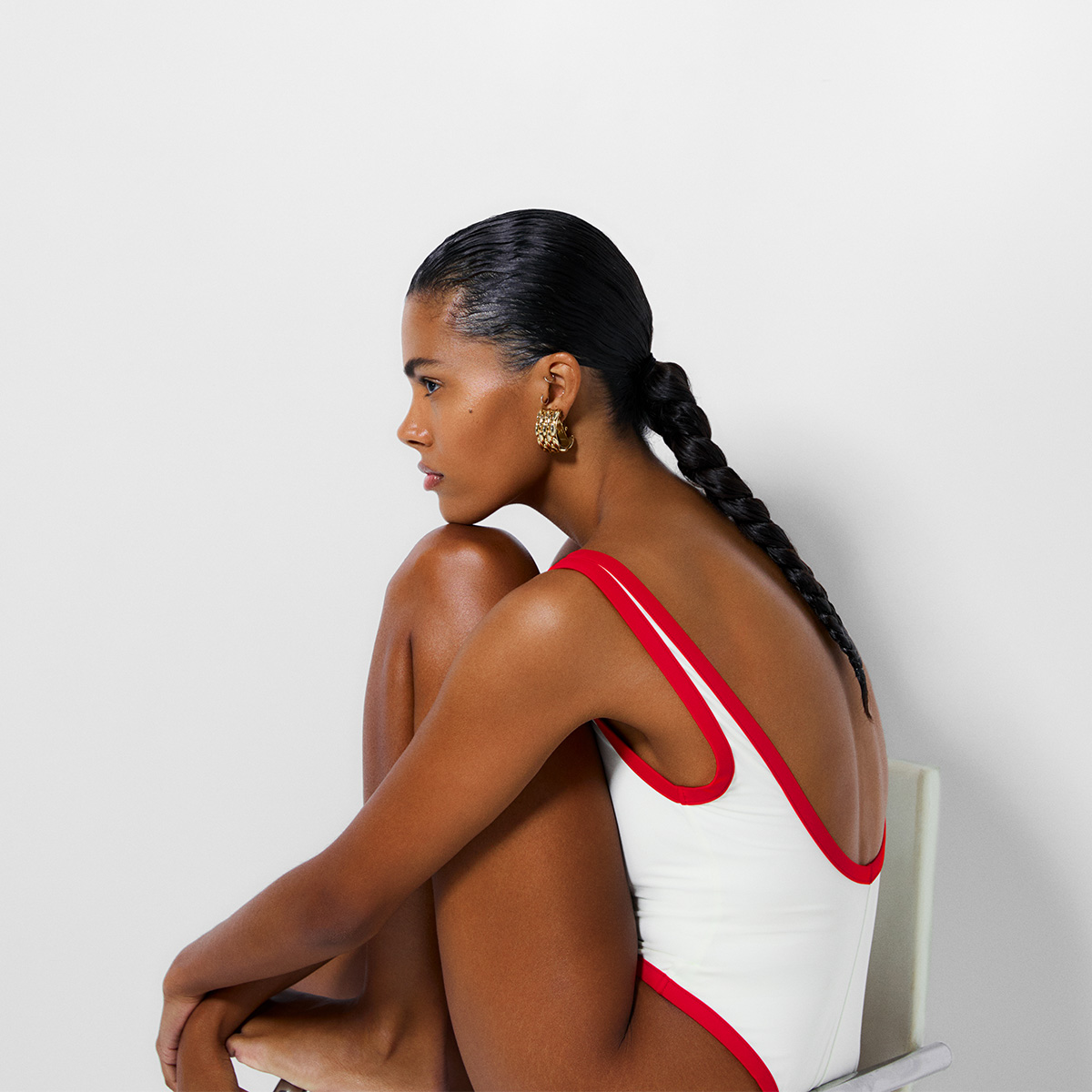 Reformation Finally Launched Swimwear, and the Collection Is Pure Elegance
Reformation Finally Launched Swimwear, and the Collection Is Pure Elegance*Orders every suit.*
By Eliza Huber
